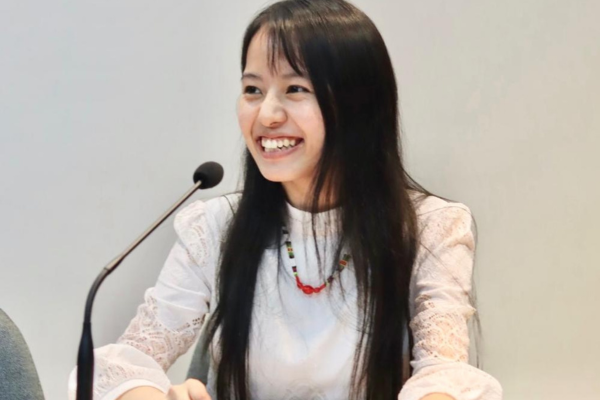
Join Project Narrative for a hybrid event with Visiting Scholar, Florence Laldinpuii!
This paper focuses on death-associated idioms and euphemisms to show how language used in narrating death sheds light on social attitudes towards death, the politicization of death, and the ‘rhetorical’ functions of narrative (Phelan 1996). I argue that ‘how’ we choose to narrate death and ‘whose death’ have sociopolitical underpinnings reflective of larger structures. Select Mizo stories will be used as examples. What “deathways” do we choose to euphemize or sensitize in our narrations and ‘everyday’ experiences? Is it a conscious choice, or a regularity influenced by factors such as patriarchy, colonialism, religion, and modernization? Implicit in this is the larger question of how we politicize, sensitize, personalize/collectivize, or objectify/subjectify death in different contexts and media today. I argue that literary devices surrounding death reveal the polysemy of death, the metaphoricity of language, and the politics of narration. If death subsequently involves the act of communicating it, the publicized communication of death in Mizo (Pachuau 2014) reveals the internalization and standardization of certain rhetorical practices and narrative tropes. In dealing with language and death, this paper further turns to the concept of ‘put away’ or dah tha used to refer to the deaths of ‘accused spies’ or ‘secret informants’, by problematizing it within its historical context of insurgency (1966-86), violence, militarization, and “necropolitics” (Mbembe 2003). To be ‘put away’ evokes more than the death of someone; it questions the political identity of the referent, the violent ways of dying, and the functions of narratives as a means of escaping political surveillance. The disappearance of bodies is marked by the ‘appearance’/utterance of literary devices, and this recalls the complex relations between death, language, and narration. This paper, therefore, draws our attention towards various internal and external factors that actively interact with each other when we narrate death. A close study of language and death-associated narratives provides a significant entry into the rhetorical practices and modes of narrating associated with certain histories, cultures, as well as genres of literature. The representation of death, the agency of the dead, and the dialogic communication in the event of death go further to question broader theories of rhetoric, representation, the ‘narrator’ and ‘addressee function’ (Dwivedi 2018), and the functions of language (Jacobson 1960) pertinent in narrative studies.
Zoom information
Link directly to Zoom meeting
Meeting ID: 925 8218 5611
Passcode: 838658
